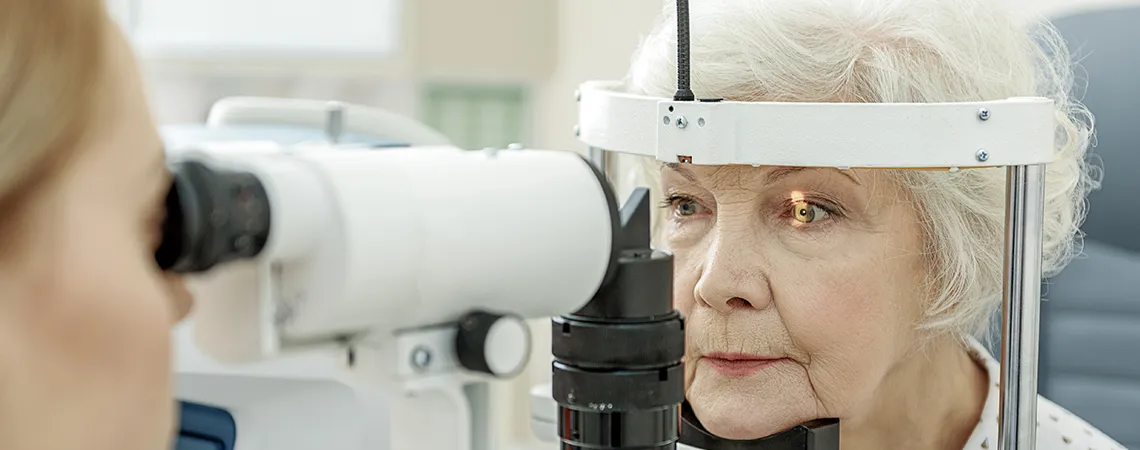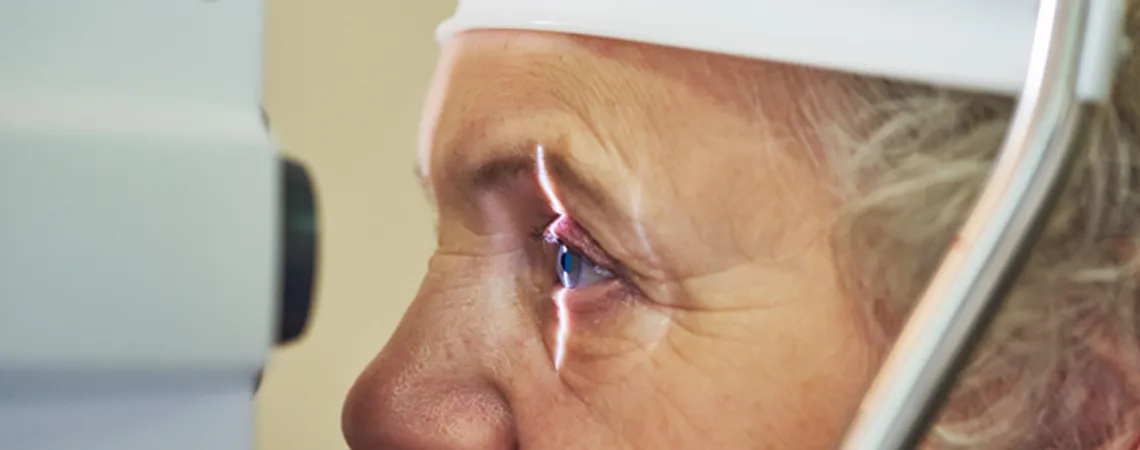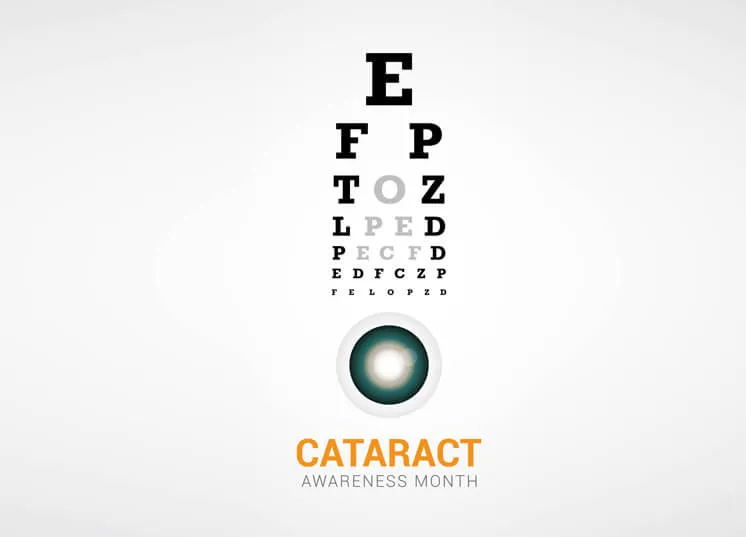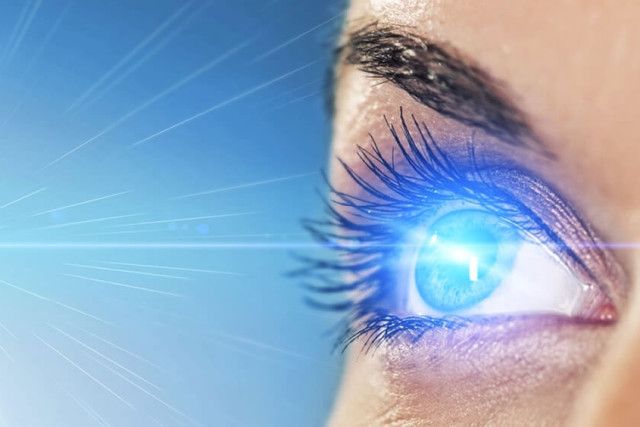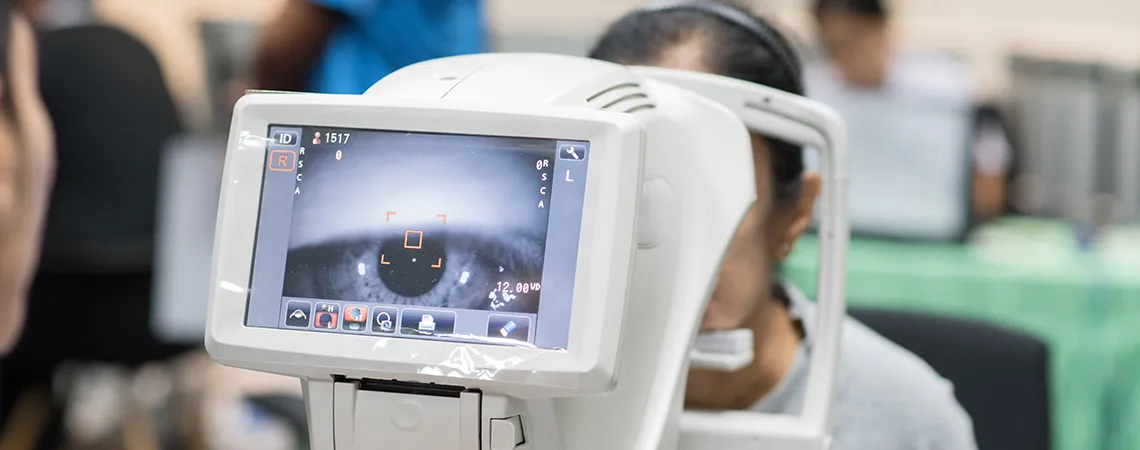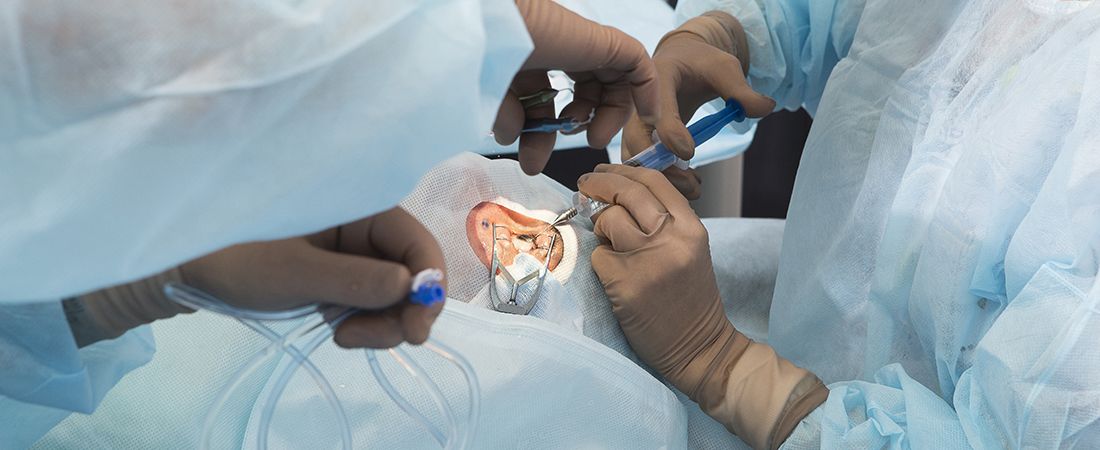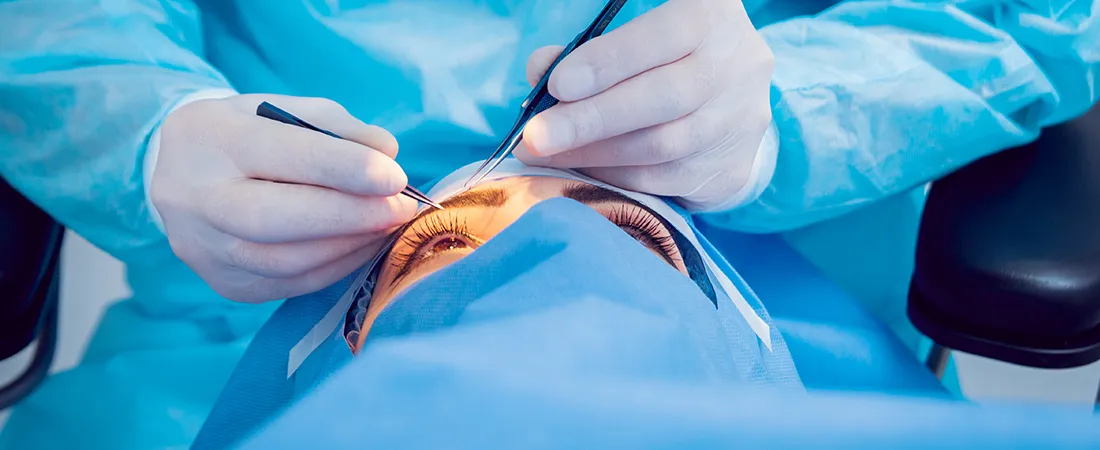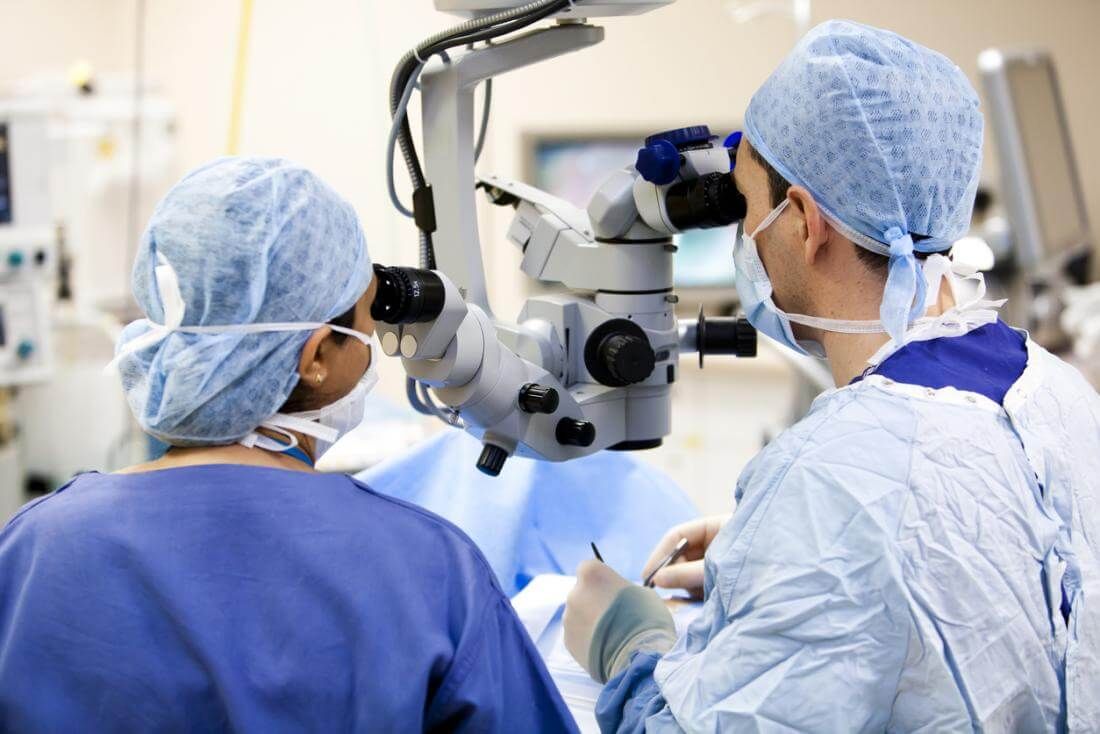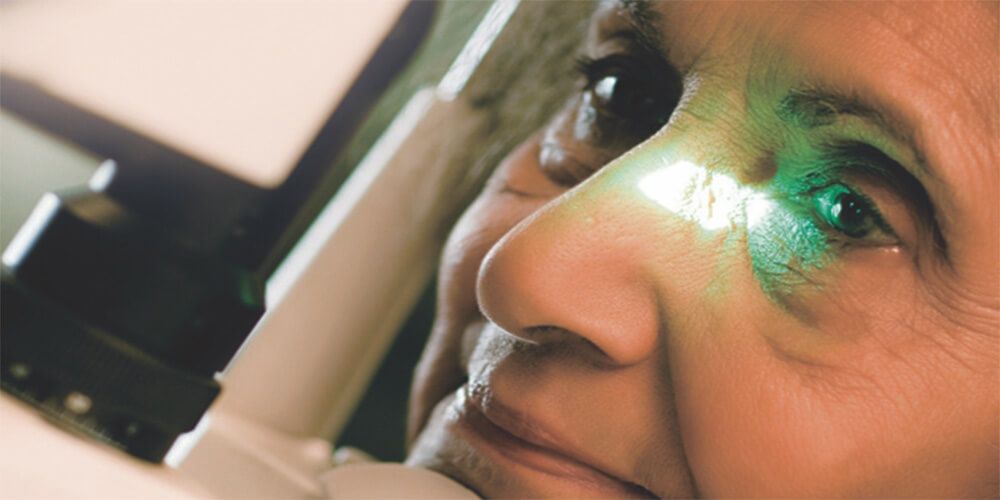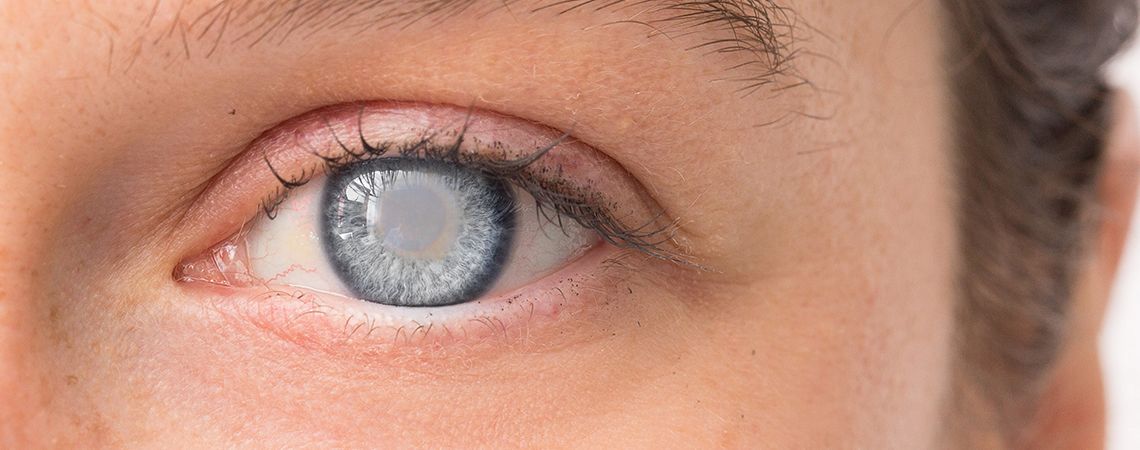
Did you know, the World Health Organization (WHO) lists down ‘cataracts’ as one of the leading causes of blindness and visual impairment? Though the onset of cataract is gradual and more commonly seen in aged people, there are reported cases of cataracts in children as well. Let’s understand this problem in detail.
Cataract Formation (What is cataract?)
The phenomenon of cataract, very well-known as the “clouding of the lens,” occurs when the protein clumps start accumulating in the lens. This forms a white opaque film in your eye’s natural lens that prevents light from passing through it and reach the retina. The yellow or brown pigmentation in the lens also forms a cataract. As you age, the lens proteins start degrading, the cloudy area gets denser, resulting in complete loss of vision. It is just like looking through a dense white foggy layer or window.
Types of Cataract
There are mainly three types of cataracts, but we will also cover the fourth type that occurs in infants and teenagers:
-> Nuclear Sclerosis: The most common cataract type affects the central part of the human lens. The lens nucleus becomes hard (or sclerotic) due to brown pigmentation in the lens. Nuclear sclerosis temporarily improves your nearsightedness – the ‘second sight.’
-> Cortical Cataract: In cortical cataract, the outer layer of the lens called cortex becomes opaque, forming white spokes in the eye. The fluid in the lens peripheral causes a long narrow crack.
-> Posterior Subcapsular: The clouding takes place at the back of the eye lens, near the capsule that holds your lens. This posterior subcapsular cataract initially forms a small opaque part blocking the path of the light and progresses quickly.
-> Congenital Cataracts: Congenital cataracts generally present by birth or, in some cases, develop during your adolescence and adulthood. It can be genetic, inherited from the family’s cataract history or due to some infections in the mother’s womb during pregnancy.
Causes and Factors that Increase the Risk of Cataract
Cataracts get very common with growing age, but other factors like injuries and harmful habits also increase the risk of cataract formation.
- Age – Usually happens over the age of 40s and 50s
- Trauma and eye injuries – Severe injuries that penetrate your lens capsule cause swelling, whitening, or thickening of lens fibers
- Diabetes
- Consumption of medications like corticosteroids for a long time
- Smoking and alcohol consumption
- Exposure to X-ray and UV radiations including excessive sunlight
What are the Symptoms of Cataracts?
Talking about symptoms of cataract, they may differ according to cataract types. Check out the below:
- Your vision is dim, blurred, and foggy. The visual acuity becomes poor as the opacity of the lens increases over time.
- Formation of colored halos and glare around bright lights make it difficult to see objects clearly.
- The night vision gets weak. You will have trouble driving in the dark and see scattered light coming from the headlights.
- Nuclear cataracts exhibit visual impairment of distant objects.
Other early signs include double vision in one eye, a faded image of colors, and frequent changes in the lens power.
Possible Treatments to Seek for:
Based on your vision clarity and the urgency to operate, doctors recommend different types of surgeries. All surgeries involve the removal of the cloudy lens followed by the implantation of an intraocular lens permanently. Following are the three commonly performed cataract surgeries:
- Phacoemulsification: A small incision is made in the corneal surface to insert a needle for creating a hole in the capsule. Then, ultrasound waves break up and suck the cataractous lens out of your eye. An artificial lens is placed afterward.
- Femtosecond laser cataract surgery: 3D OCT images on a computer screen are used to cut a corneal flap with a femtosecond laser followed by an opening, anterior to your capsule. The white lens is softened, fragmented, and swapped with a new lens. This bladeless procedure is more accurate and safe.
- Extracapsular cataract extraction (ECCE): The cataract-affected lens is removed manually without breaking it. The intraocular lens is pressed through an incision, keeping the capsule intact. Sutures then close the incision. Doctors usually advise this type of surgery for larger cataracts.
If you detect your cataract early, special glasses prescribed by your ophthalmologist can help you avoid the immediate need for surgery. However, when you start having trouble in your daily activities, undergoing cataract eye surgery is the only treatment.

